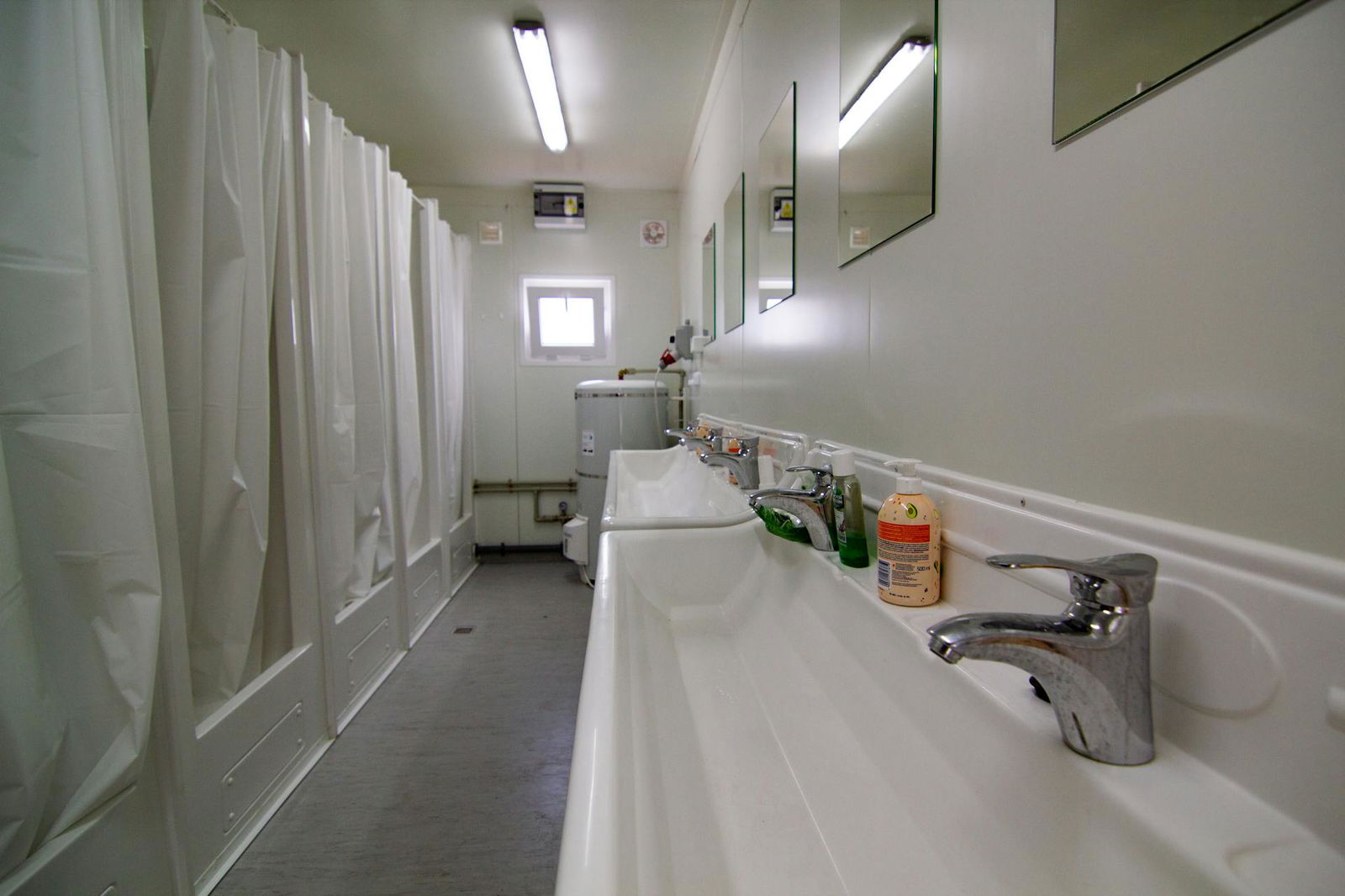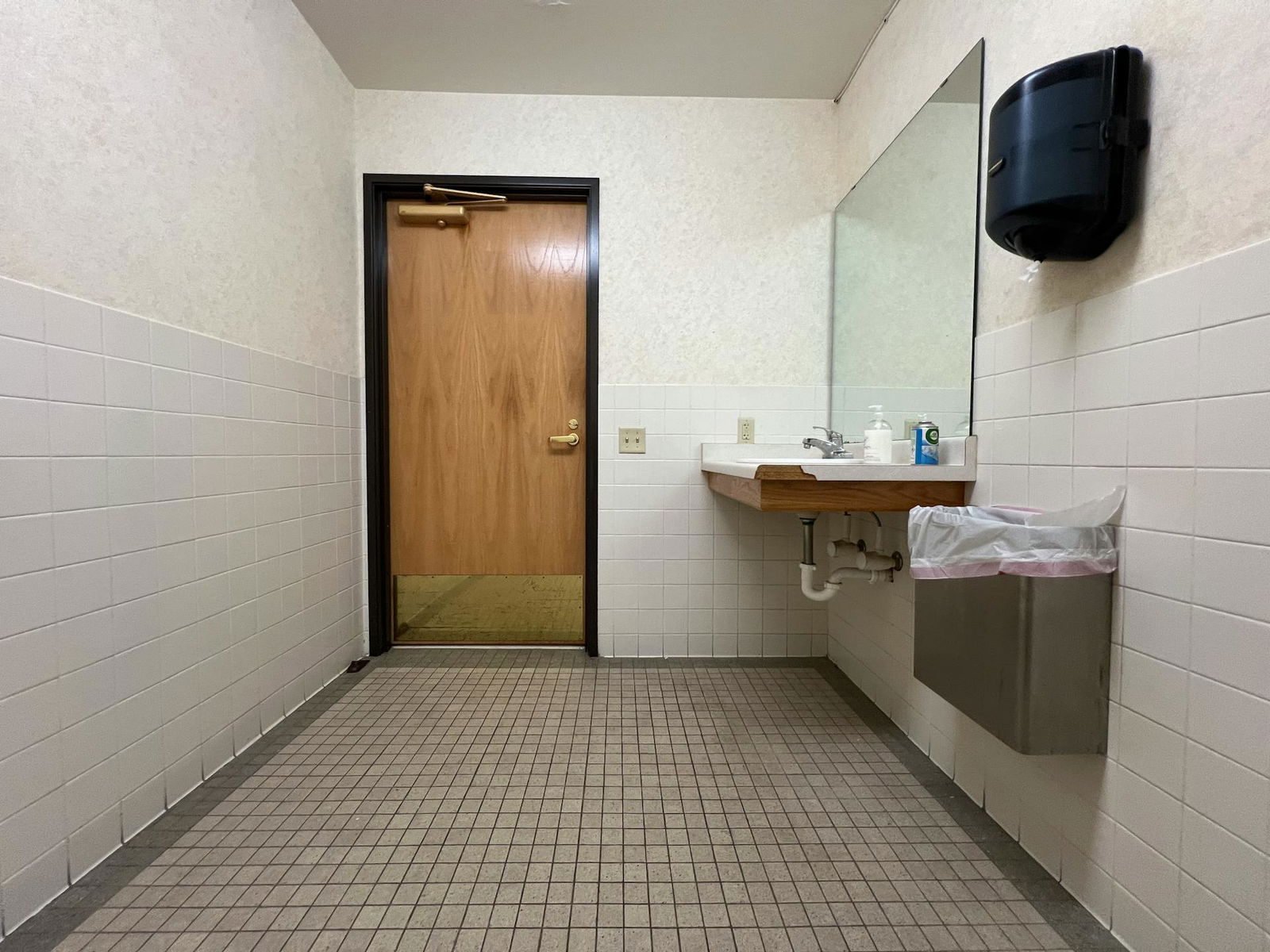Public bathroom doors often don’t reach the floor, which might seem odd, but this design is intentional and practical. This gap serves multiple purposes, from safety to hygiene.

One key reason for raised doors is emergency access. If someone is in distress, the gap allows others to see and quickly assist if needed.
The gap also helps with cleaning, making it easy for custodians to mop or use cleaning tools without needing to open each stall.
Raised doors are less expensive to produce and install, reducing overall costs for public restroom maintenance.
Enhanced ventilation is another benefit. The gap promotes airflow, helping unpleasant odors disperse faster.
Lower privacy discourages inappropriate behavior, as others can notice issues more easily in the stall area.

If a door jams, the gap allows users to crawl out rather than getting stuck inside the stall.
The design helps people quickly see if a stall is occupied, reducing the need for awkward door-knocking.
Reduced privacy means users tend to spend less time inside, resulting in faster stall turnover for others.
In emergencies, the gap makes it easier to pass items, like toilet paper, to someone who may need help inside the stall.
The raised design of bathroom doors, while unusual, is purposeful. It combines efficiency, safety, and hygiene to make public restrooms more functional and user-friendly.
